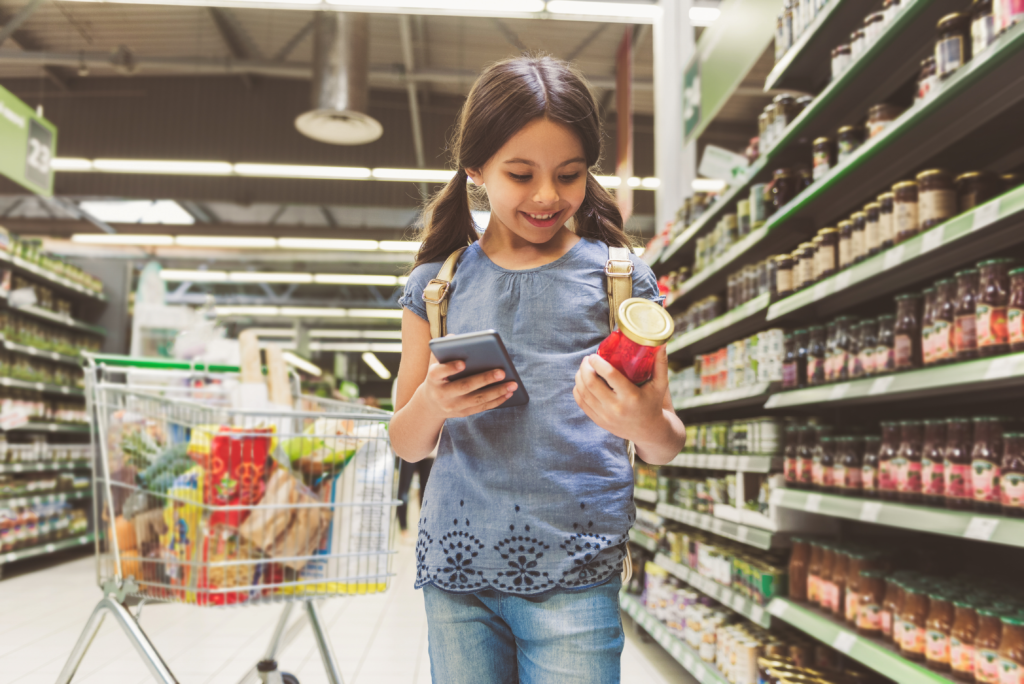With Halloween approaching, it’s a good time to brush up on our sugar facts. Did you know that the American Heart Association recommends that children between the ages of 2 and 18 limit their consumption of added sugars to less than 6 tsp or 25 grams per day? Eating too much added sugar can lead to a number of health issues including tooth decay, obesity, diabetes and heart disease. These sound like adult problems, but many children in our country are facing the same issues.Added sugars are any sugars added to foods, consumed on their own or used in processing. Examples include honey, table sugar and high fructose corn syrup. Naturally occurring sugars are found naturally in our foods, such as lactose found in milk, and fructose found in fruit. The difference is that when we consume foods that contain naturally occurring sugars like fruit and milk, we’re also getting necessary vitamins and minerals along the way. Consuming foods that contain high amounts of added sugars results in eating high quantities of empty calories that provide no nutritional benefits.What can we do?
- Read labels. Nutrition facts labels include the amount of sugar in one serving. Labels will now also specifically include how much added sugar is in one serving of a particular food.
- Limit the number of processed foods you consume and increase whole foods including fruits, vegetables and whole grains.
- Look for sneaky sugar in foods. Check labels for sugar disguised by other less obvious names such as syrups, sweeteners, concentrates and sugar molecules ending in”ose”.
- Make healthy swaps:
- Instead of buying fruit flavored yogurt, add fresh fruit to plain yogurt.
- Instead of sweetened fruit drinks add fresh fruit to plain water for flavor.
- Many baked goods can cut back on the amount of sugar in a recipe by up to half without changing the outcome.
- Rethink your drink and try this activity with your kids: Grab the label of a sugar sweetened beverage and look for the amount of sugar in the bottle (it will be in grams), a small food storage bag and sugar. One teaspoon is equal to 4 grams. Calculate how many teaspoons of sugar are in the bottle (for example, if there are 48 grams of sugar that equals 12 teaspoons of sugar) and then spoon that many teaspoons into the clear bag. It’s a great visual to see how much sugar your kids are consuming in some of their favorite drinks.
For more information on recipes and how to reduce sugar, here are some great resources for your family: https://www.myplate.gov, https://www.heart.org/en/healthy-living/healthy-eating/eat-smart/sugar/added-sugars, https://www.cdc.gov/healthyweight/healthy_eating/drinks.html.
|
